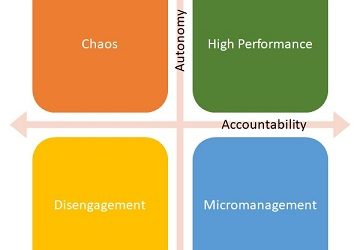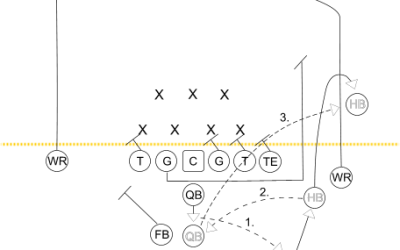As a kid I learned about balance. I once made Kool-Aid without putting any sugar in it. Add the mix to water and stir. The results were not good. The reason is the ingredients weren’t in the proper proportion or were missing altogether. Companies without balance...
INSIGHTS
Thoughts on strategy and operations from a Fractional COO
A Time to Plan and a Time to Act
2020 didn’t turn out like you planned. If this year were a road trip, you would have encountered detours, closed roads, and perhaps a few unexpected scenic overlooks along the way. You may or may not have ended up at your destination. Does that mean that planning...
Learning about business from sports
On a Saturday morning walk, I witnessed something so common we ignore the lessons it teaches – a tennis match. On the face of it, it was nothing extraordinary. Three matches, three courts, and twelve players. No umpire, no coach, no scoreboard, and no announcer. ...
What’s holding you back?
An employee of one of my clients wanted to talk to me about a project he was assigned. He had made no progress on it for over 90 days. Something was holding him back. He opened the conversation by saying “I don’t think I can do this.” I began asking questions....
Organizational Clarity is Critical
A lack of organizational clarity may be the root of many of the issues you face. Without organizational clarity, you have no accountability. Team members don’t know what is expected. They don’t know how their performance will be judged. They don’t know what the...
The 4 C’s of Accountability
Do you wish you had more accountability in your organization? Business owners commonly express the need for more accountability when talking about their challenges. I have found leaders actually mistake other issues for a lack of accountability. Leaders build...
The power to influence or direct behavior or events
People like to be in it, no one likes to be called out of it, and Janet Jackson even wrote a song about it. What is it? Control. It’s natural to want control - to be in command of your life, your destiny, your job, your customers. And we all realize that there are...
What is Operations anyway?
Lee Iacocca said “in the end, all business operations can be reduced to three words: people, product, and profits.” If you asked someone to define “operations”, what answers would you get? Probably statements ranging from “processes” to “getting stuff done” or “I’m...
Don’t be afraid of accountability
It is not unusual for business owners to tell me they want more accountability in their organizations. My first question for them is usually something like “what’s keeping you from holding people accountable?” I know it is easier said than done. Driving...
Ready to take your first step towards breaking through to a new level of performance?
Then let’s hop on a call and see if System & Soul is right for you.










